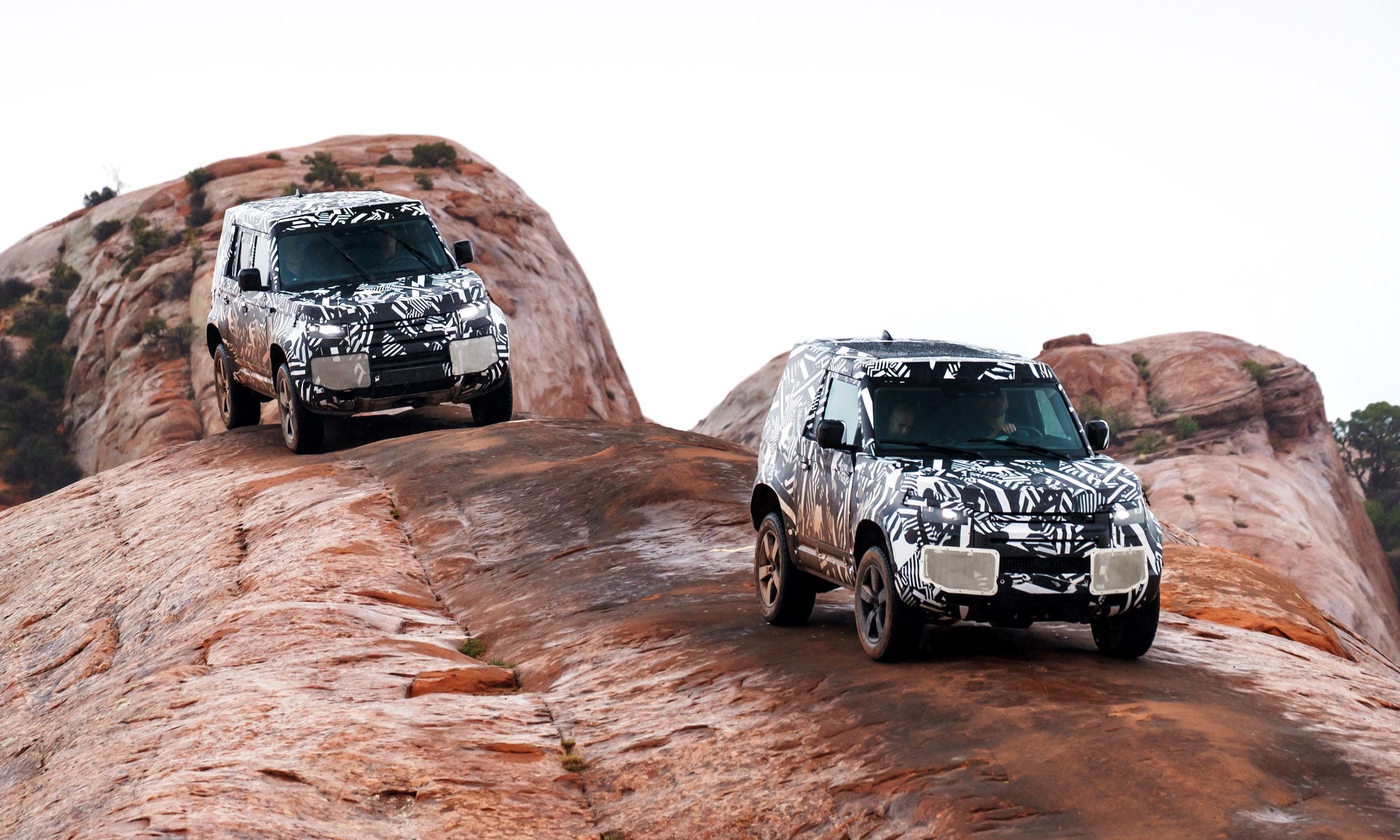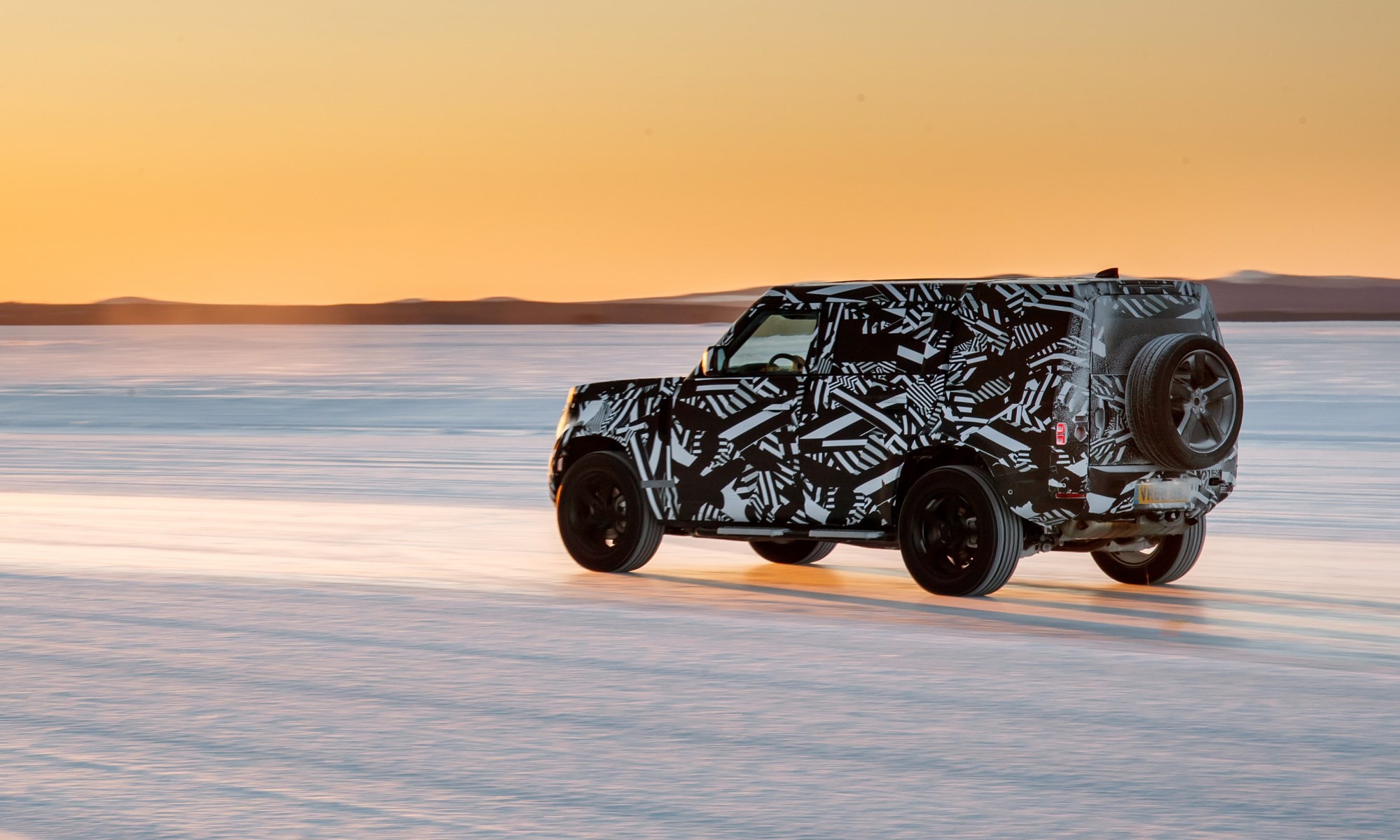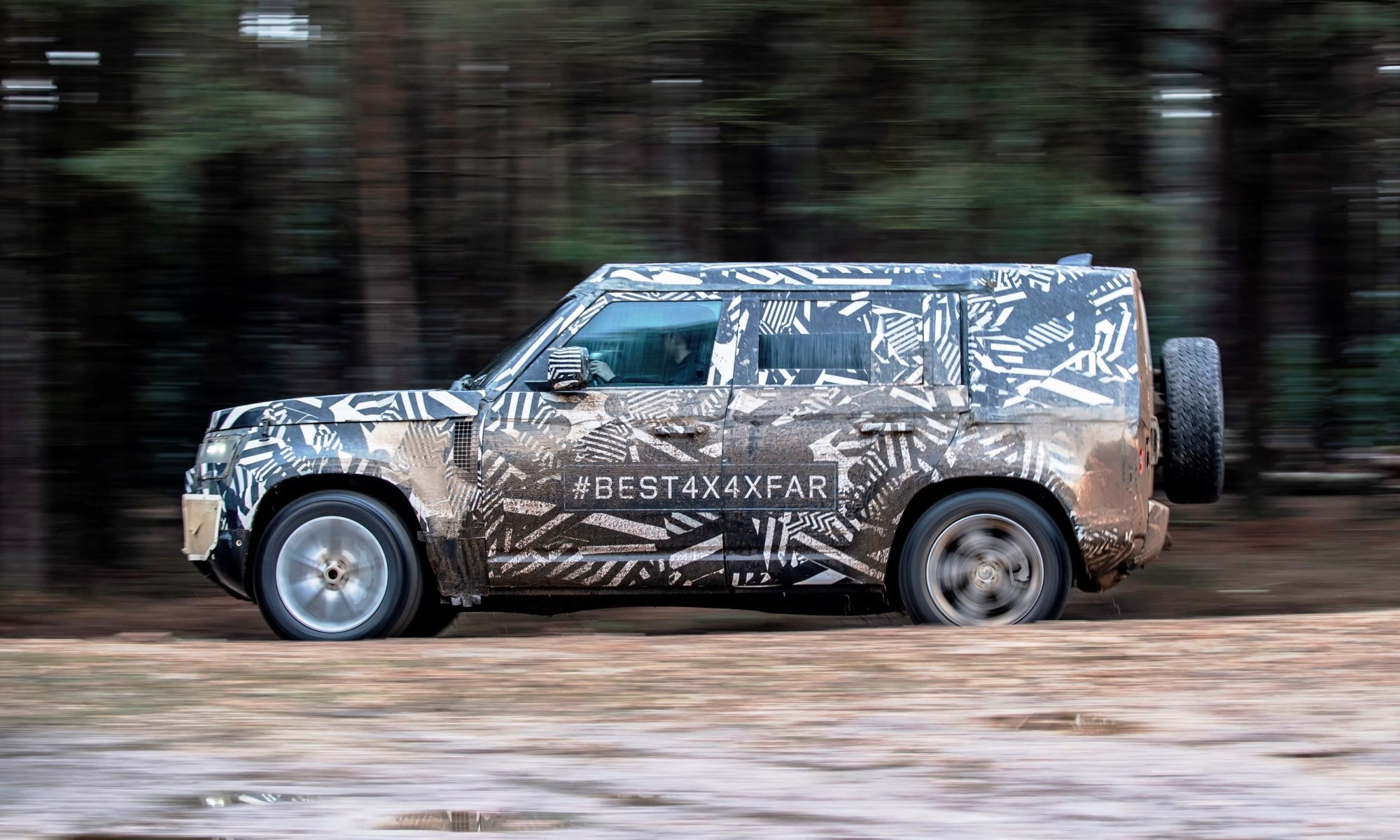The Land Rover is one of the most iconic vehicles ever produced. Considering that the Defender had a production run of over 60 years it ranks right up there with the original VW Beetle and Mini in terms of recognisability. The British firm would be silly to throw away such a heritage and Land Rover Defender final testing is taking place for the new model.
Click here to watch an unusual SUV drag race video.
An eco-slant
Land Rover has long been associated with nature conservation. The go-anywhere capability of the original model meant that it became the go-to choice of conservationists. To celebrate World Land Rover Day (April 30), Land Rover announced that new Defender completed its final phase of field testing with Tusk Trust, on location in Kenya. Land Rover has been an official partner of Tusk Trust wildlife conservation charity for 15 years.
Testing times
The new Defender will debut later this year. In the run-up to its unveiling, it will have passed more than 45 000 individual tests. Land Rover engineers have exposed test mules to some of the most extreme environments on earth. Vehicles were flayed in the extreme, 50-degree heat of the desert, to the sub-40-degree cold of the Arctic. On-road dynamics were honed at the Nürburgring Nordschleife facility in Germany (click here for a tyre-screeching video). All-terrain credentials were tested on the rocky trails of Moab in Utah, and the sand dunes of Dubai.
During Land Rover Defender final testing prototypes towed heavy loads, waded through rivers and carried supplies across unforgiving terrain in a series of real-world trials at a 14 000-hectare reserve in Kenya.
In his own words
Nick Rogers, executive director, product engineering, Jaguar Land Rover, said: “In addition to the extensive simulation and rig testing, we’ve driven new Defender 1,2 million kilometres across all terrains and in extreme climates to ensure that it is the toughest and most capable Land Rover ever made. The incredible opportunity to put it to the test in the field, supporting operations at the Borana Conservancy in Kenya, with Tusk, will allow our engineers to verify that we are meeting this target as we enter the final phase of our development programme.”






![[UPDATED] Mazzei Formula Five Is One Man’s Obsession](https://doubleapex.co.za/wp-content/uploads/2024/08/Mazzei-Formula-Five-500x383.jpg)
![Ferrari Amalfi Introduced as Roma’s Replacement [w/video]](https://doubleapex.co.za/wp-content/uploads/2025/07/Ferrari-Amalfi-500x383.webp)
![Koenigsegg Sadair’s Spear is a Limited-Edition Track Weapon [w/video]](https://doubleapex.co.za/wp-content/uploads/2025/07/Koenigsegg-Sadairs-Spear-rear-500x383.webp)
Leave A Comment